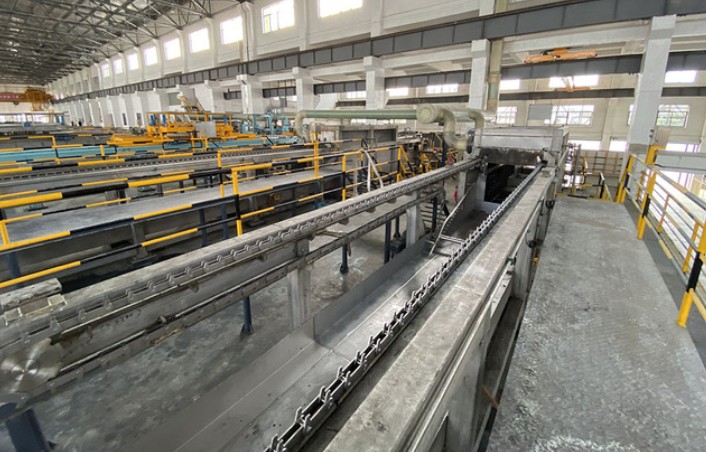NEWS&EVENTS
Home > News&Events > Company news > Electrolytic Refining Technology and Control in Antimony Trioxide Production
The electrolytic refining stage has strict requirements, and the design and operation and maintenance of the electrolytic cell are very critical. The electrolytic cell is generally made of special materials that are resistant to acid and alkali corrosion. It has a reasonable electrode spacing and flow field structure inside, which can ensure the uniform flow of the electrolyte, allow the antimony in each part of the antimony anode plate to be fully dissolved, and avoid problems such as impurity precipitation caused by excessive local current density.

The electrolyte system often uses an acidic solution containing specific additives. The additives can adjust the physical properties of the electrolyte, inhibit the dissolution of impurities, and improve the purity of antimony precipitation. For example, organic additives can form a protective film on the electrode surface. At the same time, parameters such as electrolyte concentration, temperature and acidity need to be precisely controlled. Too high concentration affects ion migration, too low temperature reduces conductivity, and inappropriate acidity affects the balance of antimony dissolution and precipitation. In actual production, the composition should be analyzed regularly and the parameters adjusted.
During the electrolysis process, stable control of current and voltage is the key. The size of the current affects the dissolution and precipitation rate of antimony. Too large current can easily cause anode passivation or cathode dendrite growth, while too small current reduces the electrolysis efficiency; voltage stability is related to the energy supply of the electrolysis reaction, and excessive fluctuations may cause side reactions. Advanced automatic control systems are usually used to ensure stable electrolysis operation through real-time monitoring and feedback adjustment.
In addition, attention should be paid to the treatment and recovery of anode mud. Anode mud contains valuable elements such as silver and gold and impurities such as copper and lead. In order to improve resource utilization and economic benefits, it needs to be further separated and purified, and methods such as pyrometallurgy and wet leaching are commonly used. At the same time, the waste gas, wastewater and waste residue generated by anode mud treatment should be properly handled to ensure that production meets environmental protection requirements.